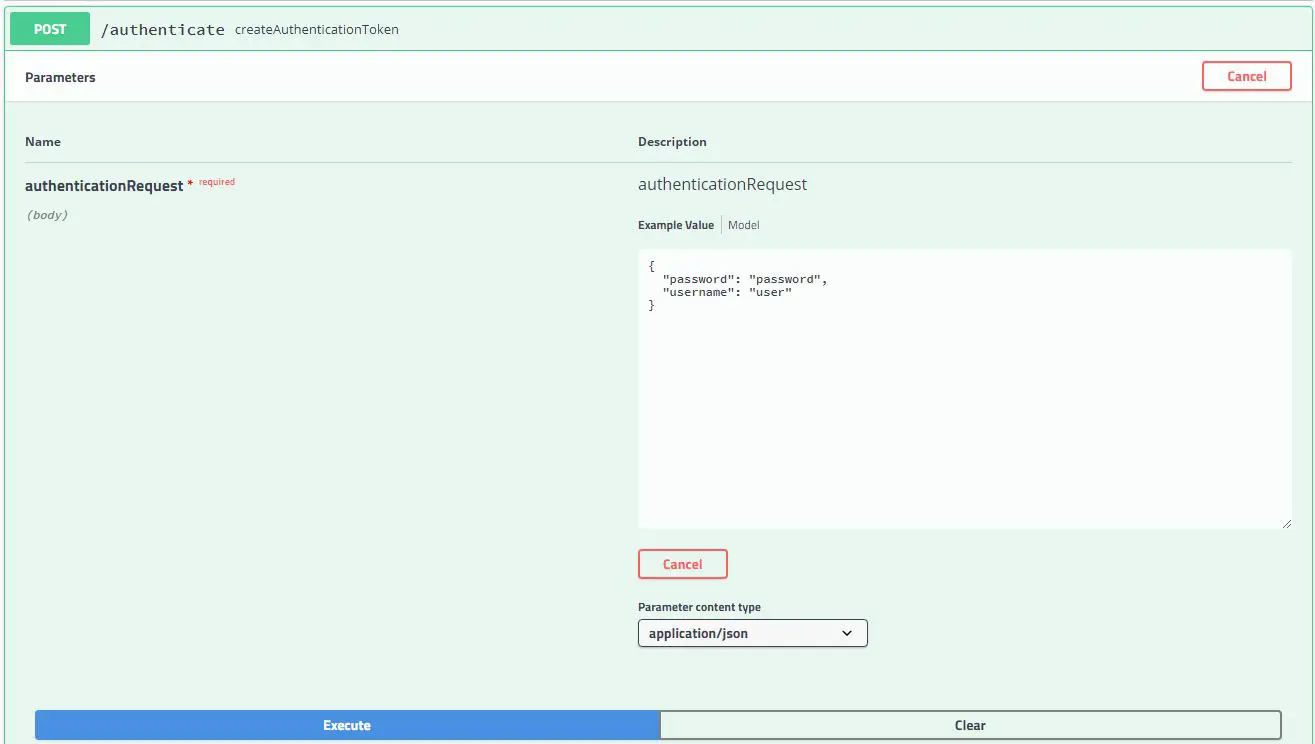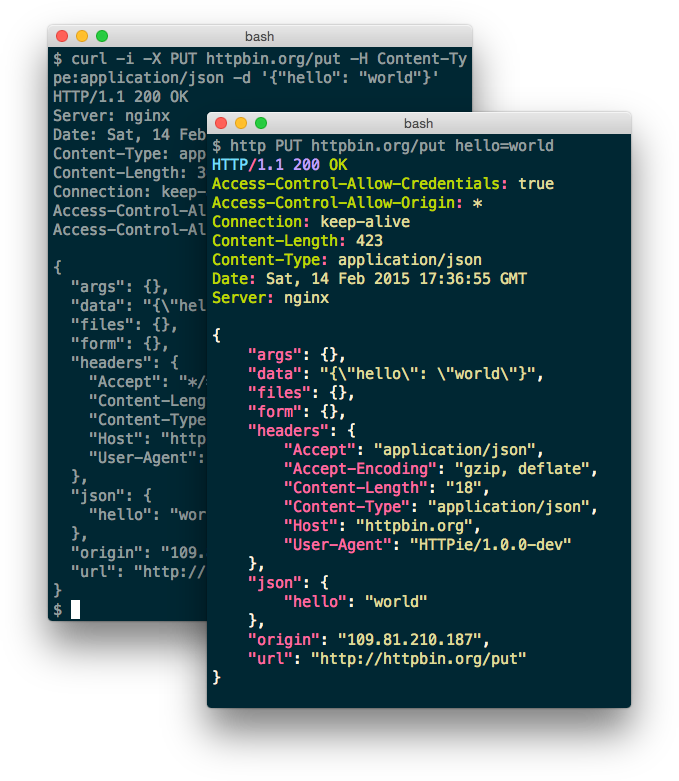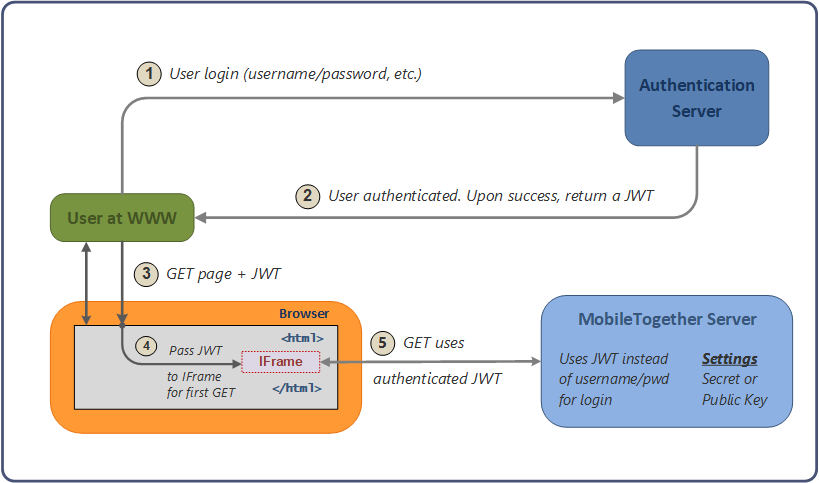

"Authorization" request header field or the HTTP request entity-body.

Unless it is impossible to transport the access token in the (see Section 5), including the high likelihood that the URLĬontaining the access token will be logged, it SHOULD NOT be used Success (2XX status) responses to these requests SHOULD contain aĬache-Control header with the "private" option.īecause of the security weaknesses associated with the URI method After that you would get your Bearer token.
az login az account set -s 'http -v -json POST localhost:8081/loginprovidergithub. If you want to do this via CLI then it would be like below. Some other informations I gathered from RFCs contributing to this topic confirm my assumptions, very interesting stuff here: Clients using the URI Query Parameter method SHOULD also send aĬache-Control header containing the "no-store" option. This token will be exchanged for a JWT that you can use to make requests to the. For further information about JWT you can either look up JWT.io or for more detailed information RFC 7523 JWT for oAuth The http & https commands allow for creating and sending.

HTTPie is designed for testing, debugging, and generally interacting with APIs & HTTP servers. Its goal is to make CLI interaction with web services as human-friendly as possible. 8kB because some browser won't accept tokens of this size. Version: 3.2.1 (latest) HTTPie (pronounced aitch-tee-tee-pie) is a command-line HTTP client. The size of the payload of a JWT should not exceed approx. In the case of tokens signed with a private key, it can also verify that the sender of the JWT is who it says it is. JWT just ensures that the data sent inside the token, isn't manipulated because of the signature which consists of HMACSHA256( base64UrlEncode(header) + "." + base64UrlEncode(payload), secret), with the secret either a passphrase or public/private key pair. This is required for httpie-jwt-auth plugin: expected: http -auth-typejwt -authjwttoken actual: http -auth-typejwt -authjwttoken: example. Note that this parameters can be decoded by anyone, so this shouldn't include sensitive data, unless encrypted. ) in, as the name implies, when decoded the JSON Format. However it is true that in contrast to the "normal" Bearer Token the JWT also holds information (about the issuer, creation date. :)ĪFAIK bearer is just a more generic term for tokens, because in the following RFC7523 it's also often referred to JWT Bearer Token. you should always use the Authentication header in your HTTP request, like recommended in the following RFC Doc. I think sending them as url parameters, like you and some other answers mentioned might lead to some security issues. Technically, it is possible to include any HTTPie options in there. For instance, you can use this config option to change your default color theme. Since you mentioned that you send tokens in your url query parameter this might be interesting for you. An Array (by default empty) of default options that should be applied to every invocation of HTTPie.


 0 kommentar(er)
0 kommentar(er)
